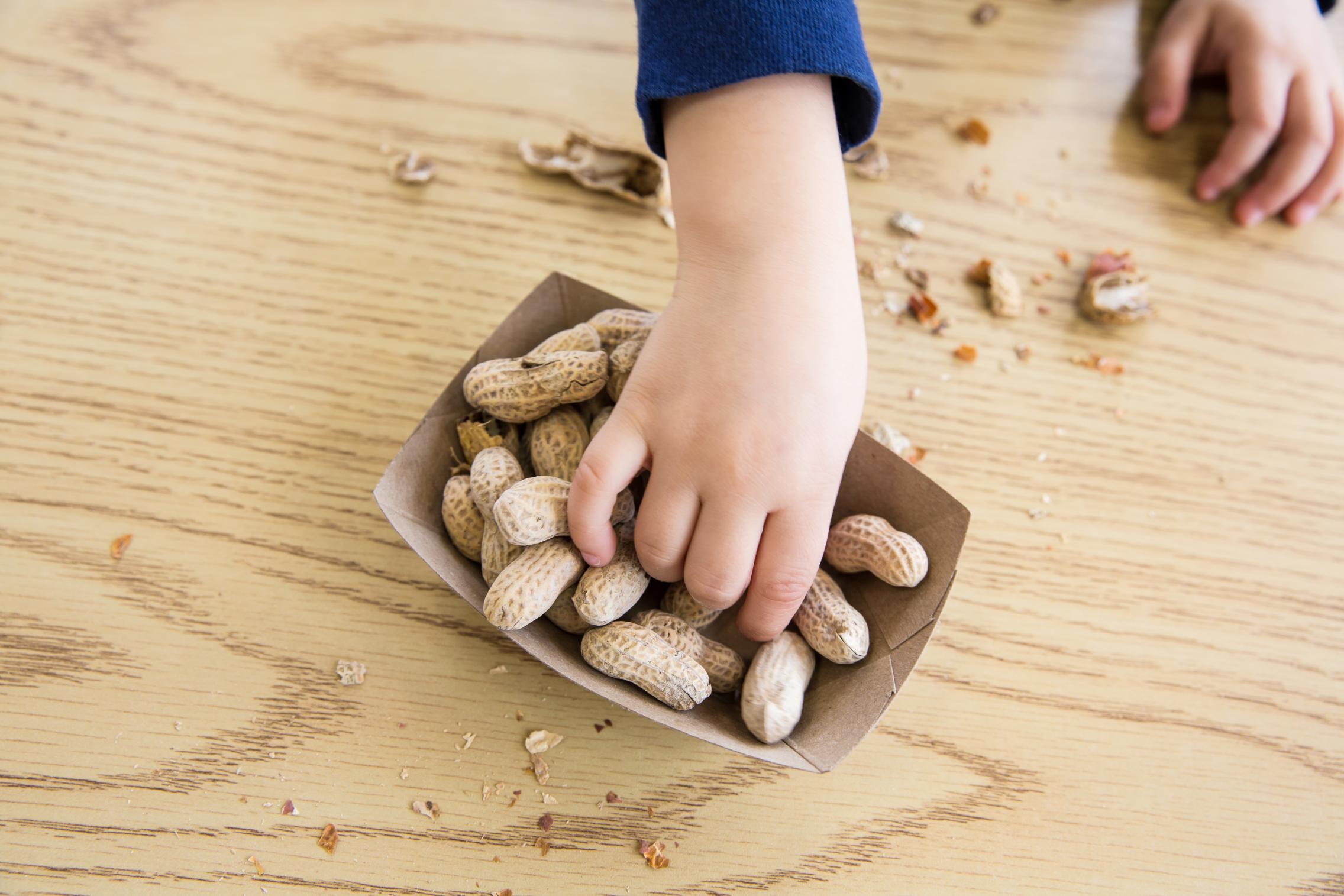
Peanut allergy affects about 3 in every 100 children.
Co-treatments like antihistamines and probiotics make successful desensitisation treatment of peanut allergy in children via oral immunotherapy 10 percent more likely, researchers from the University of Adelaide have found.
Peanut allergy affects about 3 in every 100 children. It is the most common cause of anaphylaxis, a life-threatening allergic reaction, and one of the most common causes of hospitalisation or death from food allergy.
"These findings suggest that slight modifications to treatment protocols could play a key role in substantially improving treatment safety."Dr Luke Grzeskowiak
Around 20% of children grow out of their peanut allergy. Those children who have had more severe allergic reactions, including breathing problems, are much less likely to outgrow their peanut allergy than children who have experienced milder reactions.
The study, published in Scientific Reports, investigated oral immunotherapy - a process that involves starting children on very small amounts of peanut protein that do not trigger a reaction and then increasing the dose over time to increase the amount the body can tolerate without a reaction.
Researchers reviewed 27 previous studies of oral immunotherapy involving 1500 children to investigate whether it was an effective treatment for peanut allergy and what the risks might be.
Lead author Dr Luke Grzeskowiak from the University of Adelaide's Robinson Research Institute, said researchers - working in collaboration with Flinders University - were particularly interested in identifying factors that were associated with the likelihood of adverse events.
"There is no cure for peanut allergies and the only recognised treatment is peanut avoidance. Recently, there has been much interest in the use of an experimental treatment called oral immunotherapy,'' he said.
"Given the treatment involves exposing children to peanuts this has the real potential to cause a severe allergic reaction and therefore must be done under strict medical supervision. The development of safer treatment approaches would significantly reduce treatment related anxiety, and help to make the treatment more accessible to the growing number of children affected by peanut allergies.
"Overall we found evidence that the treatment worked in around 70% of children. We also showed that adverse events were common and were the leading cause of children stopping treatment. Almost half of all children experienced adverse events requiring some type of medical treatment and around 1 in 10 children experienced a severe reaction requiring treatment with adrenaline.
"This is the first study to show that aspects of how the treatment was given were associated with key safety outcomes. These include things such as how fast the dose is increased, what dose is targeted, and whether co-treatments such as probiotics or antihistamines are used in addition to the treatment.
"These findings suggest that slight modifications to treatment protocols could play a key role in substantially improving treatment safety."






